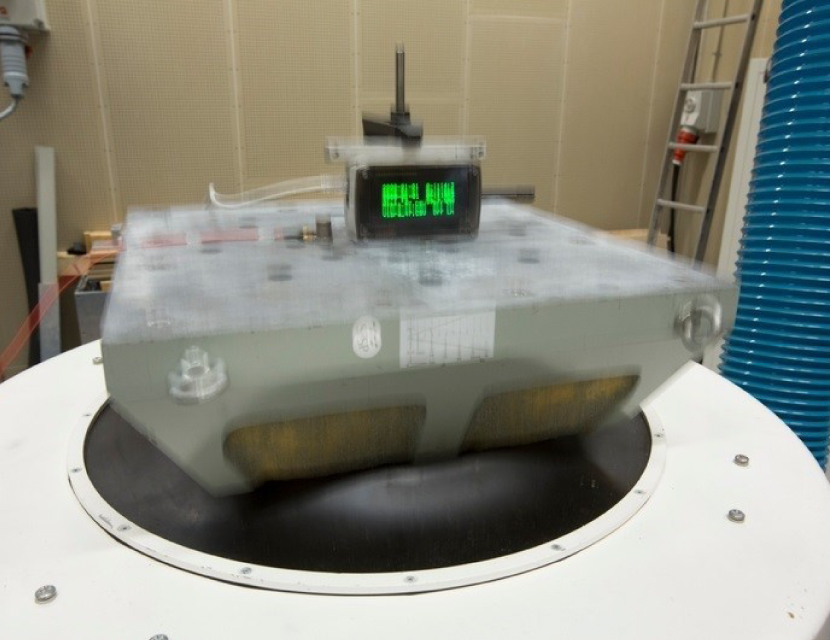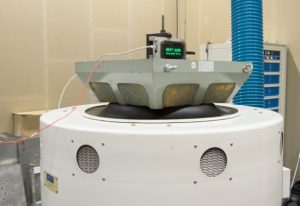
Vibration Testing
Ensure your devices can perform reliably in vibration-prone environments

WHAT IS
VIBRATION TESTING?
Vibration testing for electronics involves subjecting electronic devices, components, or systems to controlled mechanical vibrations to evaluate their performance and reliability under such conditions. This type of testing is conducted to simulate the vibrations that electronic devices may experience during transportation, operation, or exposure to other environmental factors.
The tests typically involve applying various frequencies, amplitudes, and waveforms of vibrations to simulate real-world scenarios. They play a crucial role in ensuring the robustness and reliability of electronic products where exposure to vibrations is common, such as automotive, aerospace, transportation, and consumer electronics.


WHY IS VIBRATION
TESTING IMPORTANT?
Vibration testing helps assess the ability of electronics to withstand mechanical stresses and vibrations, which can potentially impact their functionality, durability, and structural integrity.
By subjecting electronics to vibration testing, manufacturers can identify potential weaknesses or vulnerabilities, such as loose connections, solder joint failures, or component displacement.
This allows them to make necessary improvements and design changes to ensure that the devices can withstand and perform reliably in vibration-prone environments.
EXPLORE OUR CUTTING-EDGE VIBRATION TESTING CAPABILITIES
- Frequency: from 5 to 5000 Hz
- Level: up to 100 g peak (load dependent)
- Type: sine, random
- Max. load size: 80*80 cm, 300 kg.
The following vibration tests are offered:
- Sine, Random, and Shock Testing
- Packaging and Transportation Testing
- High-Frequency Testing
- Vibration Monitoring and Analysis
- Custom Testing Solutions
- Documentation and Reporting
- Accelerated Life Testing